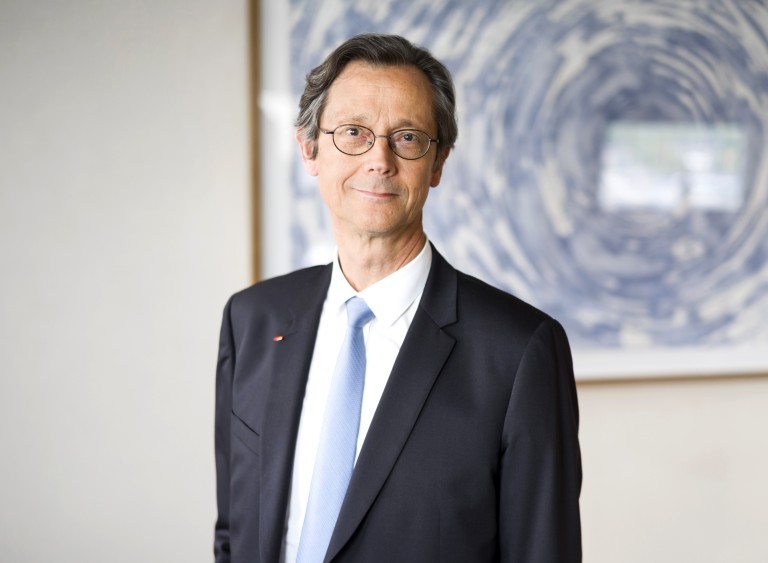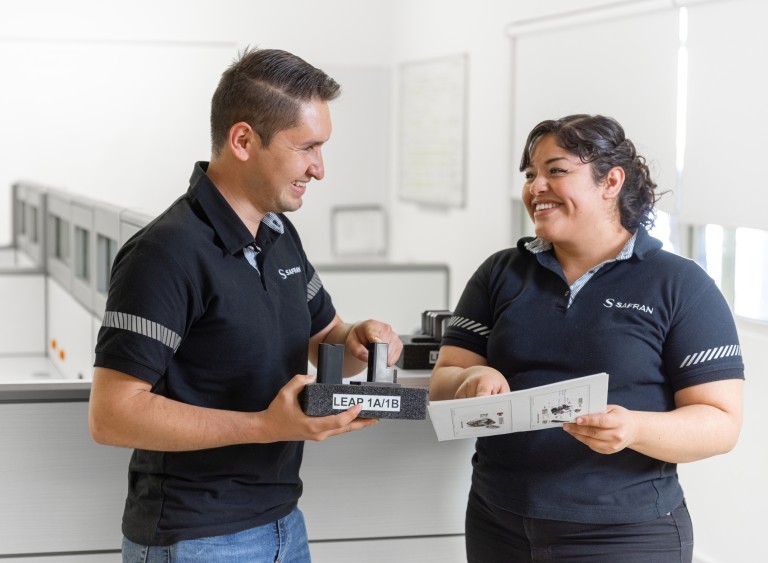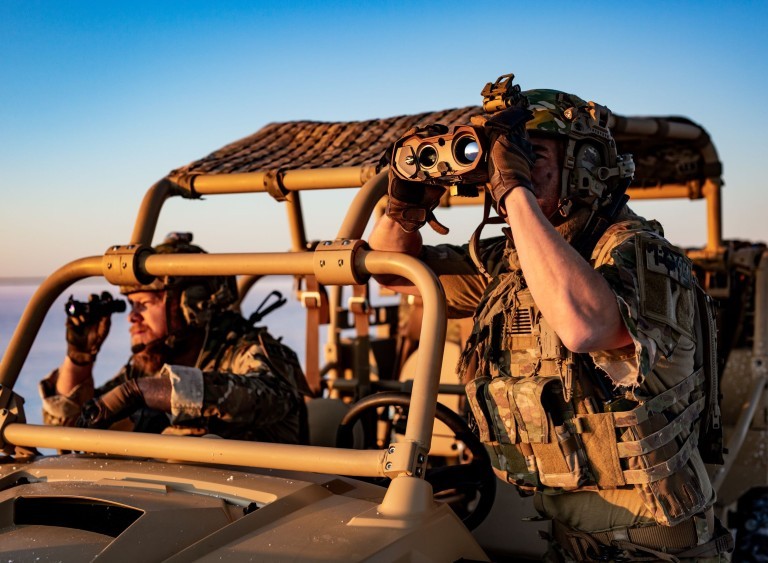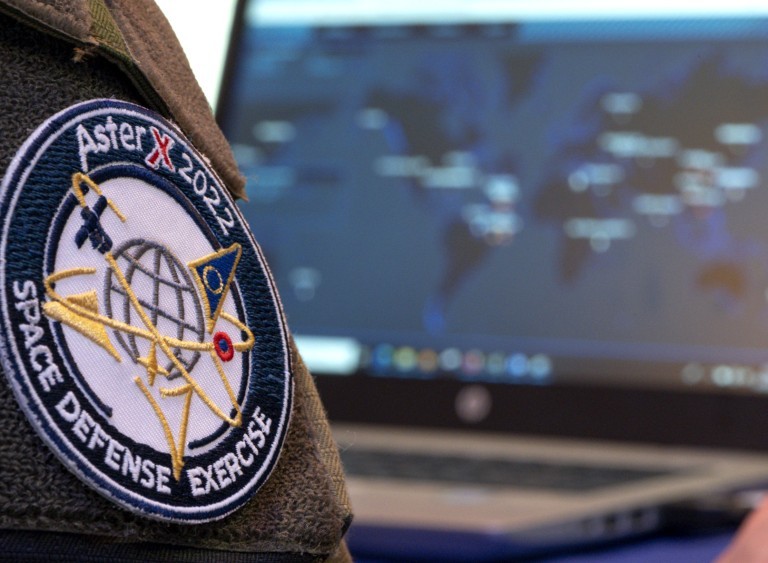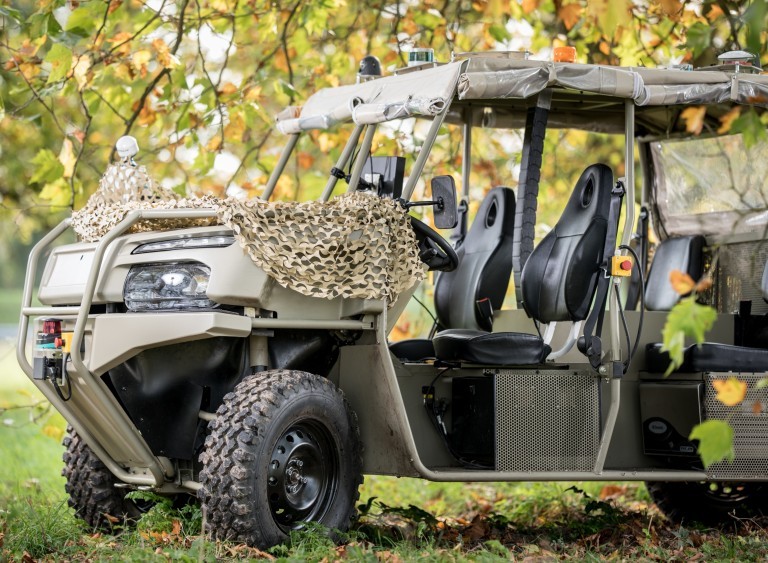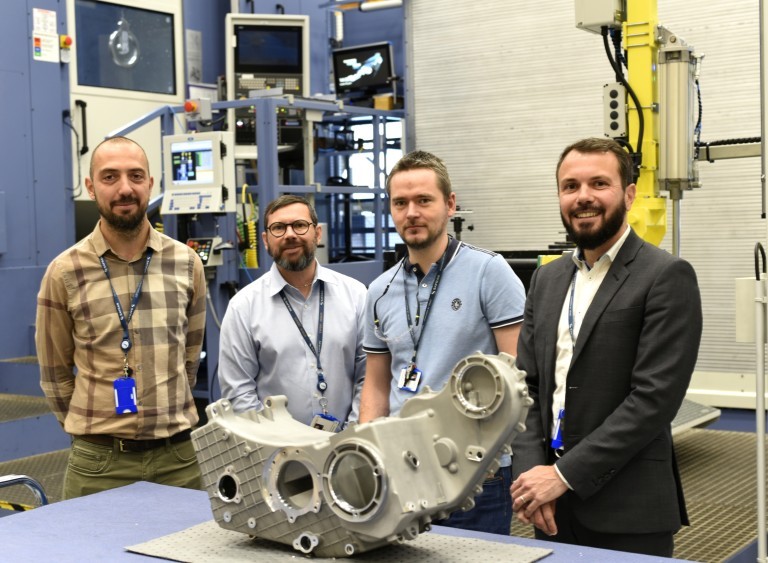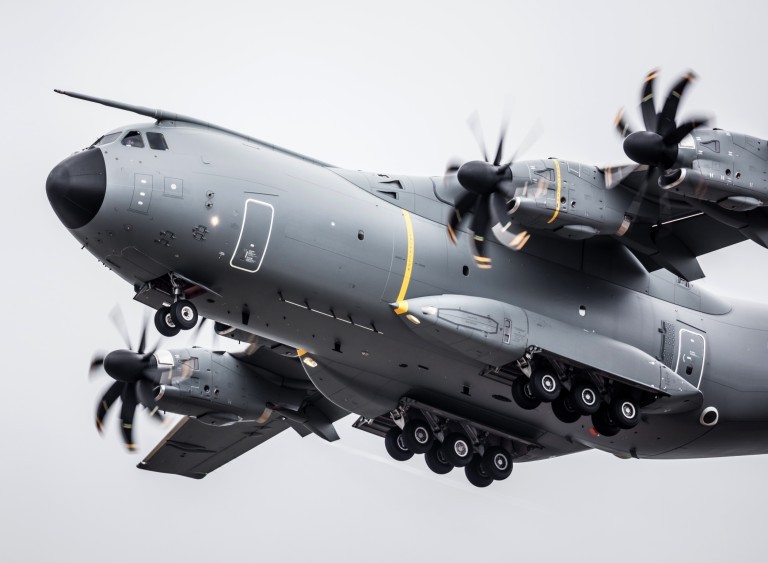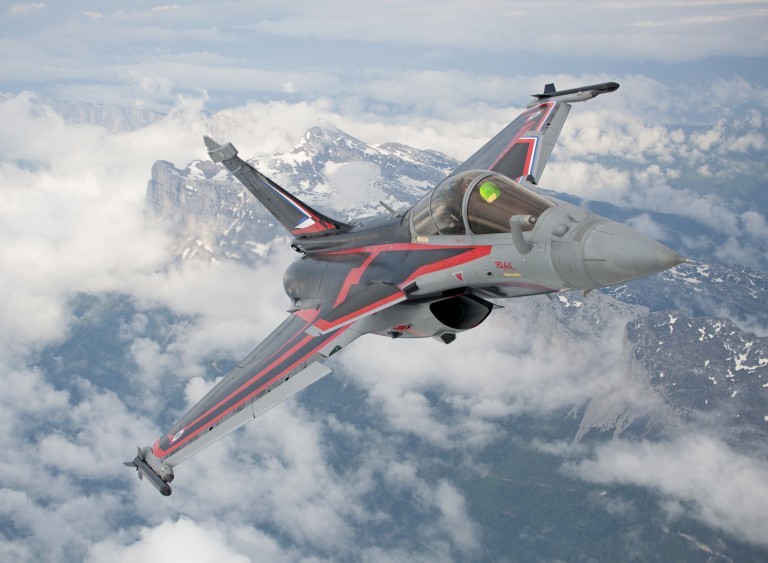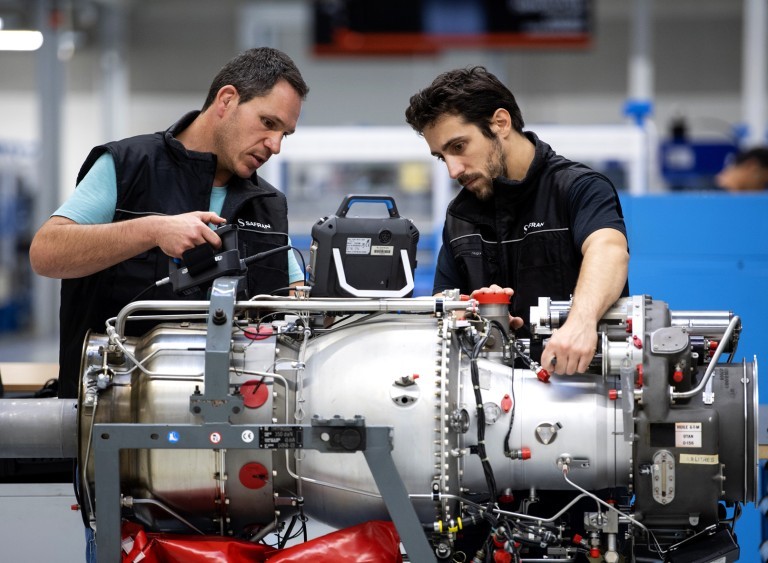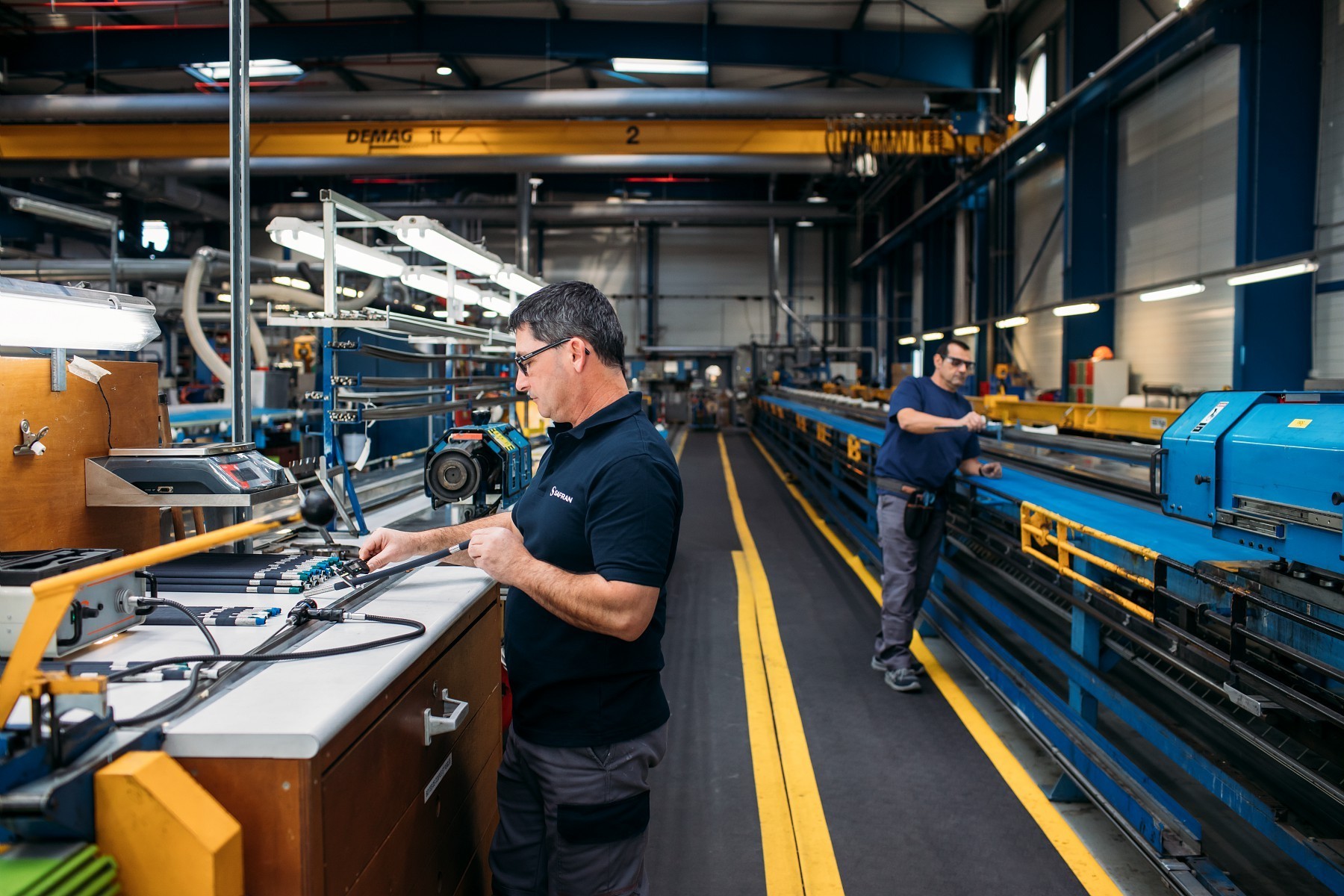
HARSH ENVIRONMENTS: THE CHALLENGE FOR MILITARY APPLICATIONS
Franck Rousseau is head of development at Safran Electrical Components in Loches, France. Among other things, the site produces components, cable protectors and electrical harnesses specially designed to adapt to so-called harsh environments. Such expertise is in high demand, he explains, and not least for military applications.
- Snapshots
- Success
- Photo Report
- At a glance
- Discovery
The Loches site is now well-known for its expertise in cable protector and special harness production. How was this achieved?
Franck Rousseau: We have a wide range of specialties and technical expertise at Safran Electrical Components, in elastomers, bending, welding, braiding, assembly, polytetrafluoroethylene (PTFE) coating, cabling, stitching, etc., which we leverage for specific markets. All of this know-how makes us experts in the design and manufacture of protective cable sheaths, of special hoses for processes such as in-flight refueling, electrical wiring and more, all for harsh environments.
What exactly do you mean by ‘harsh environments’? Are they limited to military aircraft?
F. R.: Not at all. Our products undergo severe stress since they are mounted outside the aircraft and usually in unpressurized zones, which is what we mean by a harsh environment. They are therefore subjected to extreme temperature variations, vibrations, shocks, lightning, rain, sand, hail, deicing products, oil, and so on. Commercial and civil aircraft require special wiring, mainly for the landing gear. But the military applications that we develop also often operate in harsh environments.
Our products are mounted outside the aircraft and usually in unpressurized zones, which is what we mean by a harsh environment.
Which military programs and products do you supply? Tell us more about them.
F. R.: We supply landing gear harnesses for the Rafale, the NH90 and other platforms. We also make overmolded electrical harnesses for the AASM modular air-to-ground missile. In both cases, the electrical harnesses are highly exposed outside the aircraft. For the NH90 and EC725, we have designed electrical harnesses to power de-icing of the blades. The challenge here was to enable the harnesses to follow the movement of the blades, so we created a flat yet flexible device with integrated attachments. We have used the same system for a similar purpose but with different technology, for the deicing harnesses on the EH101. These are huge technical challenges!
We combine technology and know-how to meet the technical challenges of harsh environments.
What innovations have enabled you to meet these challenges?
F. R.: We use our know-how and technologies to meet the technical challenges of harsh environments. Our expertise in PTFE and elastomer processing, along with welding, overmolding and braiding (electrical shielding and mechanical protection), means we can offer the right shapes and materials. This ensures that the harness is optimally integrated into its environment while facilitating final assembly for our customers. Here at the Loches site, we have also developed innovations for the civil aviation market, such as heat resistant elastomers, and we’re working on high-power connector solutions. Needless to say, like all of our technologies, these are and will remain easily transferable to military applications.

